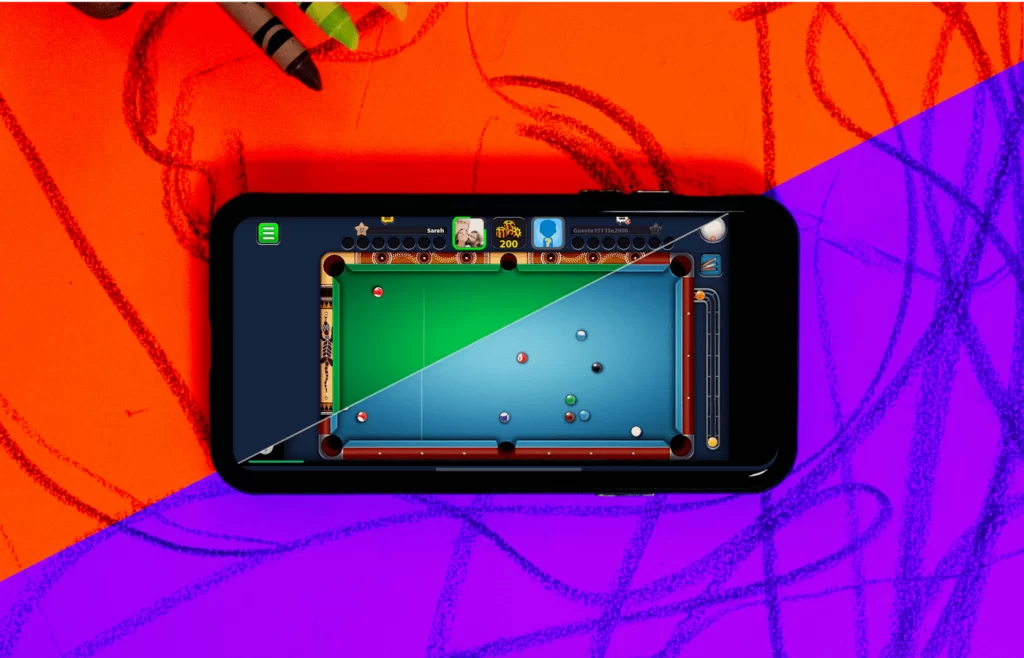The gaming landscape is a battlefield of ever-shifting trends and evolving player expectations – for developers, the challenge lies not only in crafting innovative experiences but in ensuring those experiences truly resonate with their target audience. In this high-stakes environment, where a single misstep can lead to player churn and lost revenue, intuition alone is no longer enough. This is where A/B testing in games emerges – offering developers a powerful tool to bridge the gap between creative vision and data-driven optimization.
This method allows developers to compare different versions of their games, helping them make data-driven decisions to enhance player engagement, retention, and revenue. Let’s delve deeper into the world of A/B testing in games and discover its potential to revolutionize the industry!
You may also like: How DLC boosts player engagement – a case study

What is A/B testing in games?
The world of games thrives on captivating players. But in today’s dynamic landscape, simply crafting a fun experience isn’t enough. Developers need to understand their audience on a deeper level, pinpointing what keeps them engaged and what leads them to abandon ship. This is where A/B testing steps in, acting as a scientific method to optimize games and ensure they resonate with the target audience.
Imagine a scenario where you can test two different versions of a game element, say a tutorial or a boss battle, with real players. A/B testing allows you to do just that. By creating variations (Version A and Version B) of a specific game feature and randomly dividing your player base into groups, you can observe how players interact with each version.
One group experiences Version A, and the other experiences Version B. During this controlled experiment, you meticulously track relevant metrics like player engagement, completion times, and conversion rates (e.g., purchases made).
Once sufficient data is collected, the true power of A/B testing shines. You can analyze the performance of each variation and determine which one led to a more positive outcome. Statistical tests help ensure these differences aren’t due to random chance, but a genuine preference from your players. The version that demonstrably improves a desired metric, such as higher level completion or increased in-app purchases, is considered the winner. This winning variation can then be confidently rolled out to the entire player base, knowing it resonates better with their preferences.
In essence, A/B testing removes the guesswork from the equation. Developers can make data-driven decisions about features and design choices, leading to a more optimized and engaging experience for players.
It’s a powerful tool that allows for continuous improvement: by constantly testing and iterating based on player data, developers can keep their games fresh and exciting, fostering a loyal and engaged player base. This approach holds the key to unlocking the true potential of a game, ensuring it not only captures the imagination but also thrives in the ever-evolving world of gaming.
Read as well: Maya vs Blender – how to choose the right 3D software
A breakdown of the process behind A/B testing in games
A/B testing, also known as split testing, is a controlled experiment where you introduce variations of a game element to a subset of players. These variations, called versions A and B, can be anything from changes in the user interface (UI) to adjustments in difficulty levels or in-game rewards. By monitoring player behavior within each test group, developers can gather valuable data to determine which version performs better in achieving a desired outcome.

Here’s a breakdown of A/B testing in games:
- Identify an Area for Improvement: Start by pinpointing an aspect of the game that could benefit from optimization. This could be a feature you’re unsure about, a confusing menu, or a low player retention rate at a specific level.
- Develop Variations: Create two or more versions (A and B) of the chosen element. The variations should be distinct enough to show a measurable difference in player behavior, but similar enough to maintain a fair comparison.
- Segment Your Player Base: Randomly divide your player base into groups. One group will experience version A, the other will experience version B. Ideally, the groups should be statistically similar to ensure reliable data.
- Run the Test: Let players interact with the variations for a predetermined period. Track relevant metrics like player engagement, conversion rates, and completion times.
- Analyze Results: Once sufficient data is collected, analyze the performance of each variation. Use statistical tests to determine if the differences observed are statistically significant or simply due to random chance.
- Implement the Winning Variation: The version that demonstrably leads to a positive outcome (e.g., higher level completion or increased in-app purchases) is considered the winner. This version can then be rolled out to the entire player base.
5 main benefits of A/B testing in games
A/B testing in games is more than just a tool; it’s a game-changer that offers a multitude of benefits for developers looking to optimize player experiences and maximize revenue. Here are some of the key advantages of leveraging A/B testing in game development:
1. Data-driven decision-making
A/B testing provides developers with empirical evidence to inform their decision-making process. By analyzing user behavior and preferences, developers can make informed choices about which game features, mechanics, or designs resonate most with players.
2. Improved player engagement
A/B testing allows developers to fine-tune various aspects of their games to enhance player engagement. By experimenting with different gameplay elements, user interfaces, and progression systems, developers can create experiences that captivate and retain players for longer periods.
3. Enhanced monetization strategies
Monetization is a critical aspect of game development, and A/B testing enables developers to optimize their monetization strategies effectively. By testing different pricing models, in-app purchases, and advertising placements, developers can maximize revenue while ensuring a positive player experience.
4. Personalized player experiences
A/B testing enables developers to tailor game experiences to the preferences of individual players or player segments. By segmenting players based on factors such as demographics, behavior, or spending habits, developers can deliver personalized content and experiences that resonate with each player.
5. Competitive advantage
In a competitive gaming market, A/B testing can provide developers with a competitive advantage by enabling them to stay ahead of trends and player preferences. By continuously optimizing their games based on player feedback and data, developers can differentiate their titles and attract and retain a loyal player base.

A/B testing in games: the real game-changer
Imagine a world where you can see exactly how players interact with your game, pinpoint elements that cause frustration or disengagement, and test potential solutions before full-scale implementation. This is the reality that A/B testing unlocks. By meticulously crafting variations of specific game elements and monitoring player behavior within controlled test groups, developers gain invaluable insights into player preferences.
This data empowers them to make informed decisions about everything from user interface design to difficulty balancing and in-game economies. The result? Games that are not only more engaging and enjoyable for players but also more likely to achieve long-term success.
The impact of A/B testing extends far beyond simply tweaking a button placement or adjusting a reward structure. It fosters a culture of continuous improvement within development teams – by constantly testing and iterating based on real player data, developers can ensure their games remain fresh, relevant, and competitive in the ever-changing market.
Do you want to revolutionize your game development process? Join Main Leaf and embark on a journey of innovation and discovery in the gaming industry. Contact us now to explore how A/B testing can elevate your games to new heights and let’s shape the future of gaming together!

